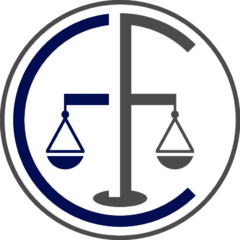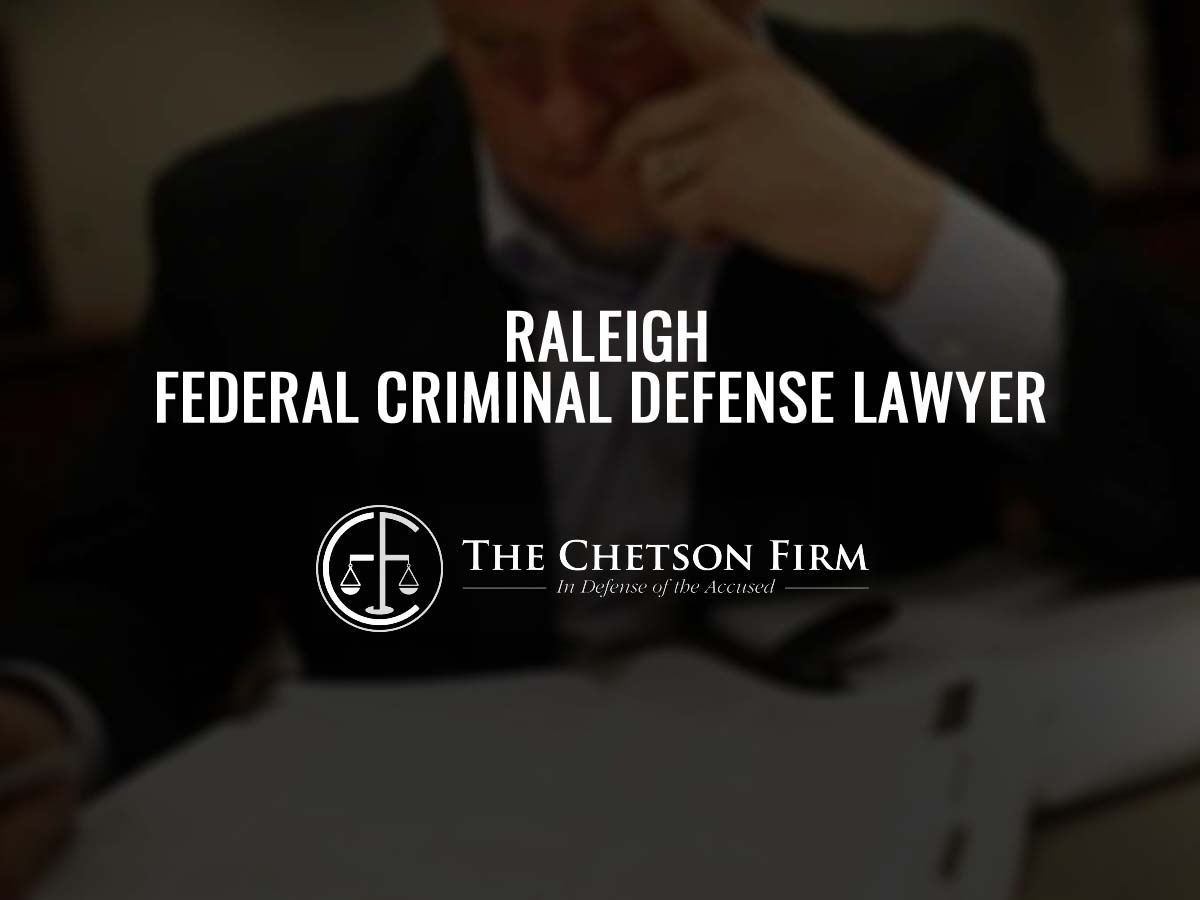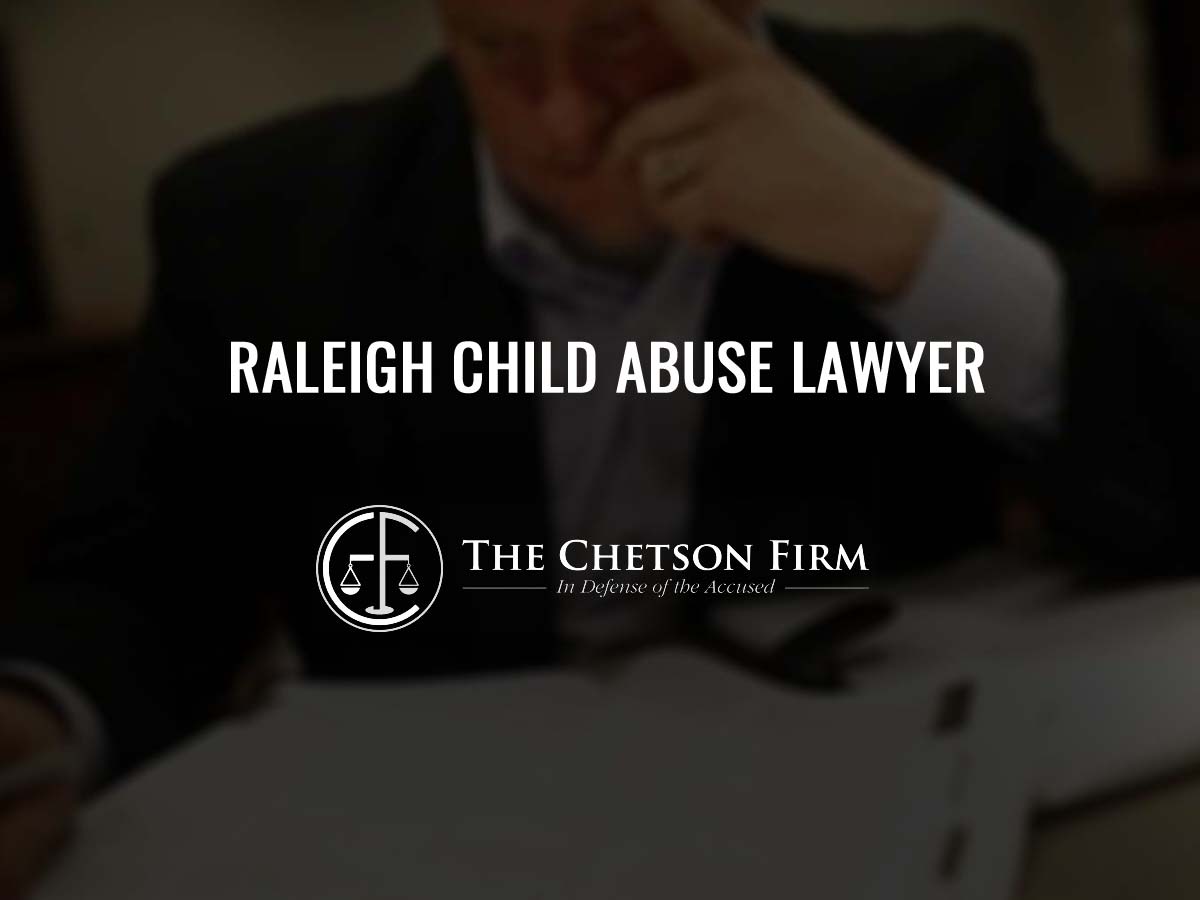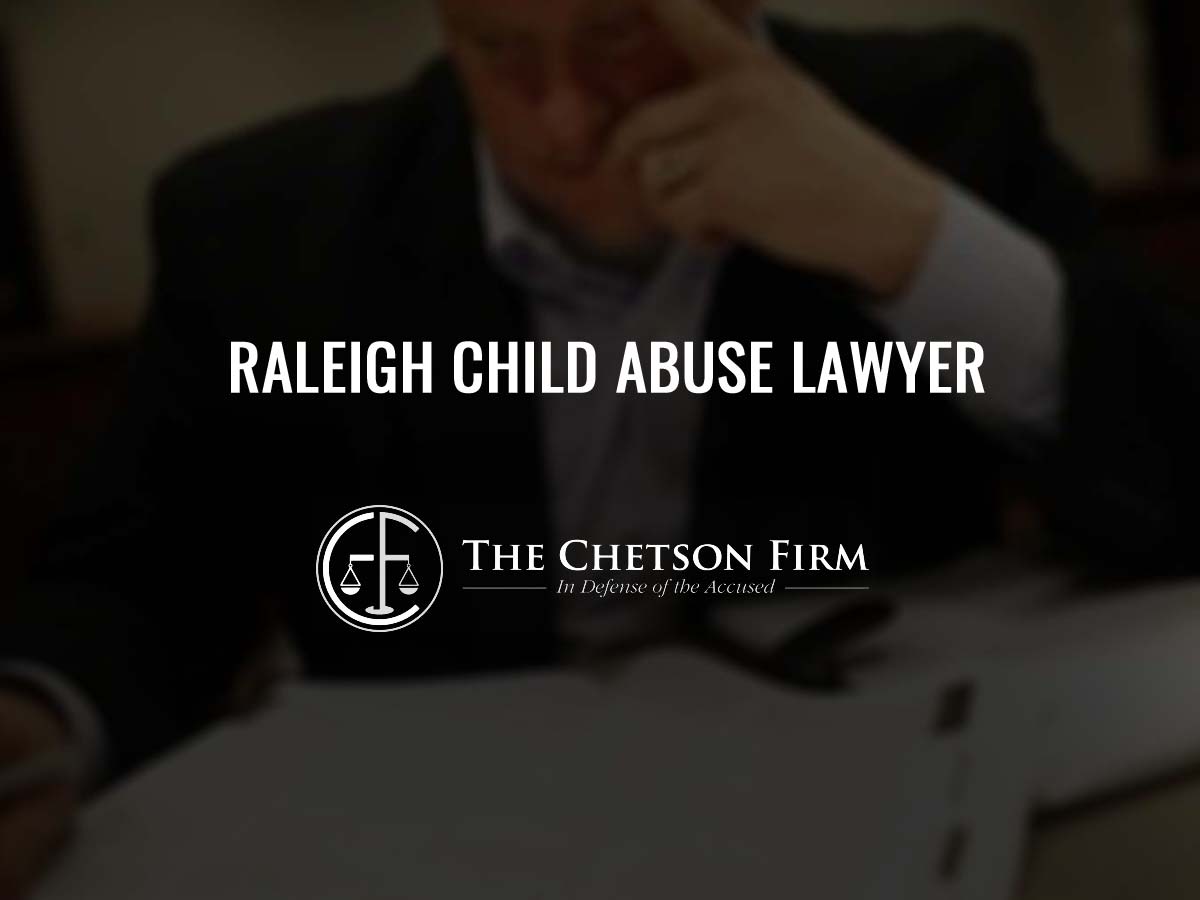Federal criminal law is generally a sentencing practice, since the overwhelming majority of federal criminal cases result in either guilty pleas or in convictions. The result is complicated litigation surrounding the application of the Sentence Guidelines, the system of advisory directives handed down by the United States Sentencing Commission since the 1980s.
Much of that litigation now focuses on the application of certain enhancements, principally the Career Offender enhancement under 4B1.1 and 4B1.2 of the Guidelines that advises federal judges to impose dramatically higher sentences for convicted defendants who have very significant past criminal history.
Because the federal system must take into account more than 50 jurisdictions when deciding how to apply the Career Offender guideline, the rules in 4B1.1 and 4B1.2 are designed to apply in instances where a defendant has two or more felony convictions for Crimes of Violence and Controlled Substance Offenses committed when the defendant was at least 18 years old.
Section 4B1.2 defines more precisely what crimes constitute predicates for the Career Offender designation. In the 2000s and early 2010s, the appellate courts grappled with what constituted a federal felony, resulting changes in U.S. v. Simmons that clarified that certain crimes designated felonies under North Carolina law were not in fact federal felonies at the time. This led to a rash of resentencings.
In the 2010s, particularly with the Supreme Court case U.S. v. Johnson, federal appellate courts addressed the definition of a “crime of violence,” and the Career Offender guidelines were once again implicated by removing a various crimes once thought to have been violent. For instance, in United States v. Parral-Dominguez, the Fourth Circuit held that Discharging a Firearm into an Occupied Dwelling is not a crime of violence under an analogous guideline and by extension is not a predicate for Career Offender status.
Now the appellate courts are addressing the question of what constitutes a controlled substance offense. In United States v. Whitley, 737 F. App’x 147 (4th Cir. 2018) the Fourth Circuit held that federal drug conspiracy lacks overt act and is therefore not controlled substance offense under Guidelines. In U.S. v. Campbell, No. 20-4256 (4th Cir. 2022), the Fourth Circuit held that West Virginia Sell & Deliver Cocaine is not a crime of violence because the WV statute includes the offense of attempt and Career Offender does not include attempted controlled substance offenses. In U.S. v. Locklear, decided in July, the Fourth Circuit applied the same reasoning to a North Carolina sale and deliver conviction.
In U.S. v. Hartsfield, a case set for possible arguments in the fall of 2022 before the Fourth Circuit, the court will be asked to apply the same reasoning in Campbell to the federal 21 U.S.C. 841, the federal drug trafficking statute. Since 841(a) defines “distribute” to mean “attempted transfer,” under Campbell, a conviction to federal drug distribution.
The result is a curious phenomenon: “Possession with Intent to Sell or Distribute” (PWISD) remains a crime of violence because there is no logical way to attempt to commit that crime. But because a person can commit the crime of distribution by the mere attempt, the more serious conviction of distribution of a controlled substance is not a Crime of Violence.
Post Script
Litigation over these sentencing enhancements has taken on outsized importance, at the same time that federal trial law is underdeveloped. But, ultimately, in the next ten years, I would expect the entire sentencing guideline system to be thrown in the trash as the conservative court continues to strike down the administrative state.




